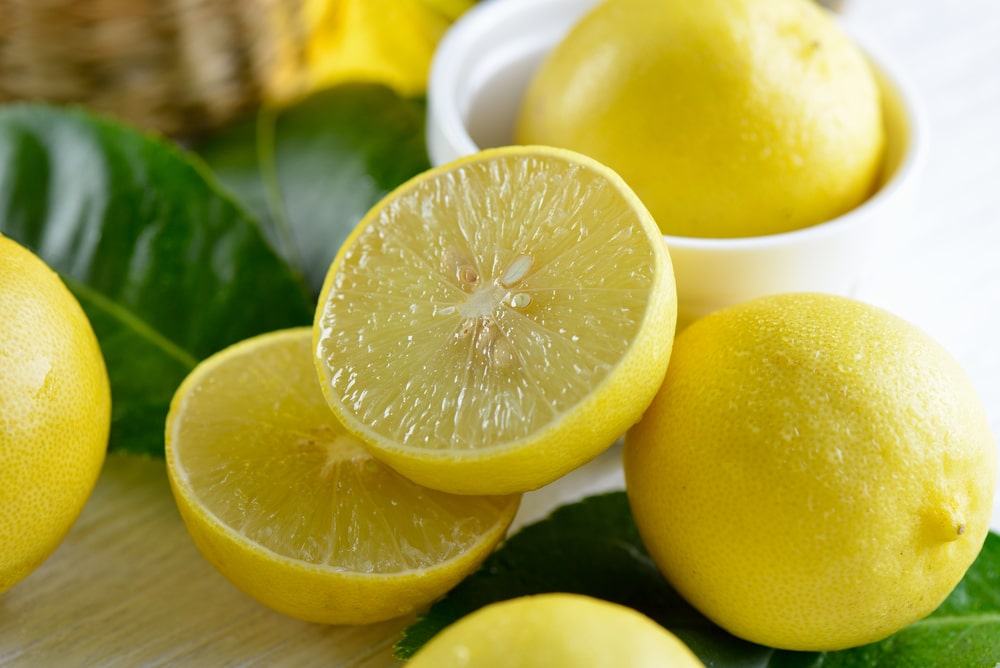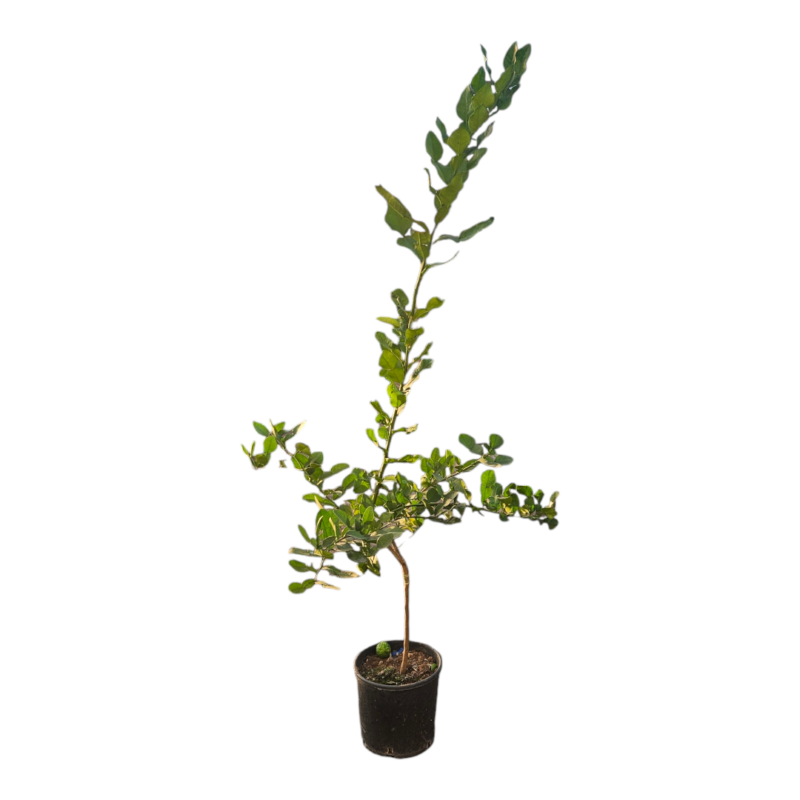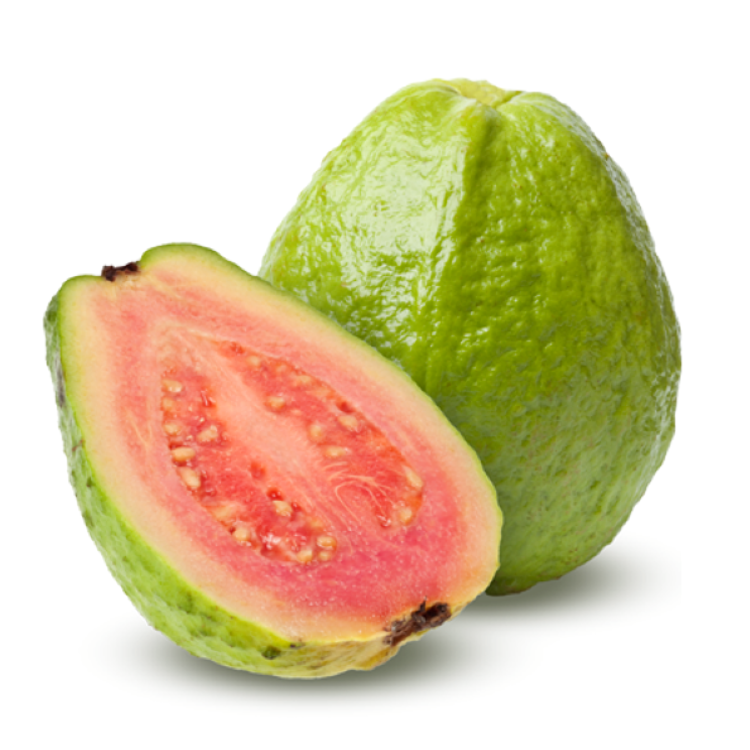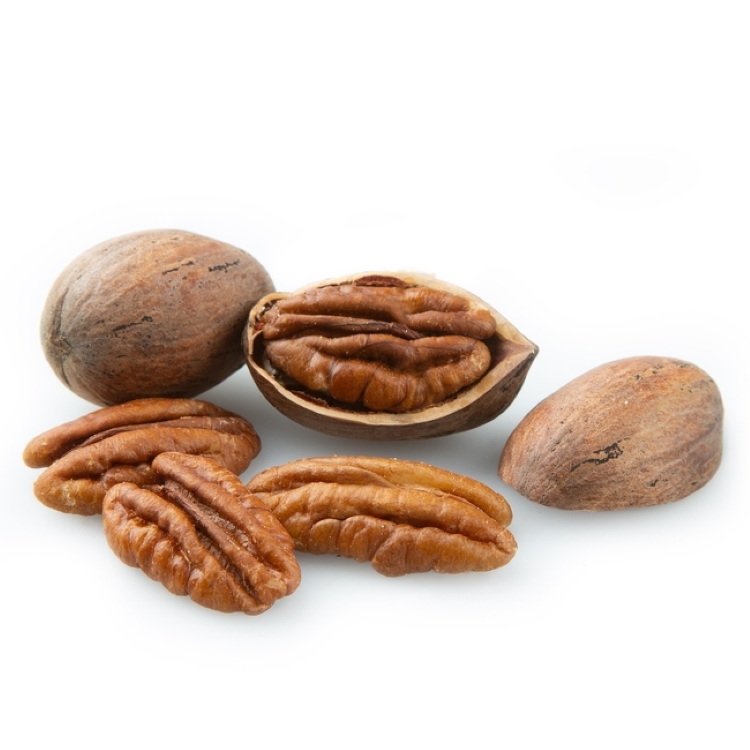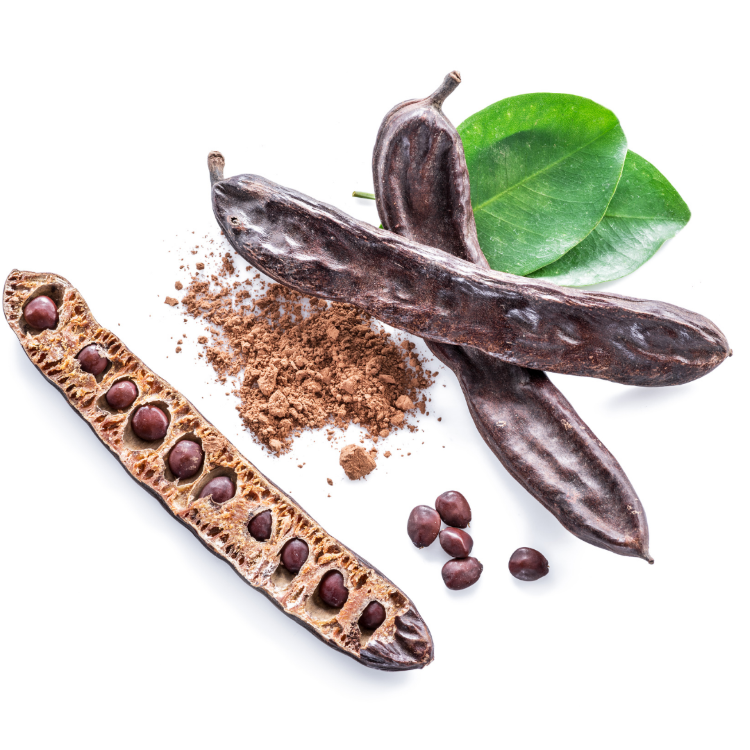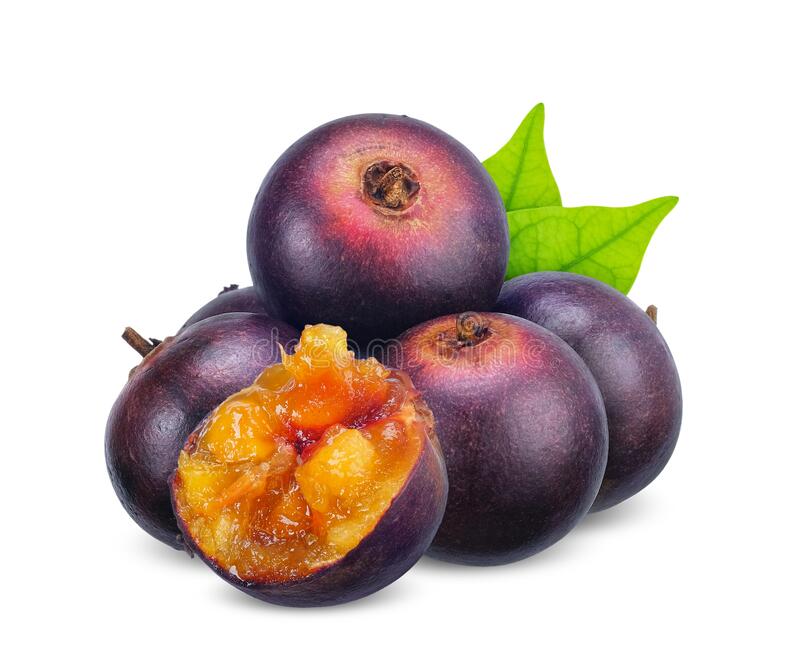
Governor’s plum
02/02/2022
Nectarine (Fantasia)
02/02/2022Bartender’s Lime
Add a zesty twist to your garden with Bartender’s Lime! This vibrant citrus tree produces aromatic, juicy limes perfect for cocktails and culinary creations. With its compact size and glossy green foliage, Bartender’s Lime brings a refreshing splash of greenery to any space while offering a bountiful harvest of tangy fruit throughout the year.
€7.00 Original price was: €7.00.€5.00Current price is: €5.00.
159 in stock
Important Information
Weight:4Kg
Plant Height:30-50 cm
SKU:1039R
SKU: 1039R
Category: Fruit trees
General Care Instructions
- Planting Distance:
Trees should be planted at least 3-5 meters apart to allow for good air circulation and room for healthy growth. Proper spacing also helps reduce disease risk and ensures the tree gets adequate sunlight. - Soil Type:
Tropical trees thrive in well-draining, slightly acidic soil with a pH of 3.0 to 6.0. If necessary, amend the soil with organic matter, such as compost, to improve fertility and drainage. - Watering:
Water young trees deeply once or twice a week. Keep the soil evenly moist but not waterlogged. Mature trees require less frequent watering, but additional water may be necessary during dry periods. - Sunlight:
Ensure the trees receive 6-8 hours of direct sunlight per day for optimal growth and fruit production. Southern exposure is ideal. - Fertilization:
Fertilize every 6-8 weeks during the growing season, but avoid fertilizing in extremely hot or cold temperatures. Apply a balanced, slow-release fertilizer when the soil is moist to prevent root burn. Discontinue fertilizing in late fall and winter to avoid stimulating growth that could be damaged by cold. - Pruning:
Prune in late winter or early spring before new growth begins. Remove any dead or damaged branches and thin out the canopy to improve light penetration and air circulation. - Temperature Protection:
Protect young trees from extreme temperatures. Provide frost protection during cold spells and shade or move young plants during heat waves to prevent damage. - Pest and Disease Control:
Regularly inspect for common pests, such as aphids, spider mites, and scale. Diseases like root rot or fungal infections can be managed by ensuring good air circulation and proper watering. Organic insecticides or horticultural oils can be used when necessary.
Following these care instructions will help your tropical fruit trees thrive and produce abundant, healthy fruit.
| Weight | 4 kg |
|---|---|
| Pot size | |
| Plant Height | |
| Light | |
| Enviroment |
Related products
-
Kaffir Lime
€40.00Original price was: €40.00.€35.00Current price is: €35.00. -
Guava (Red)
€10.00Original price was: €10.00.€8.00Current price is: €8.00. -
Pecan
€18.00 -
Carob
€14.00

